Are Remakes All That Bad? The Six Levels Of Remake Hell
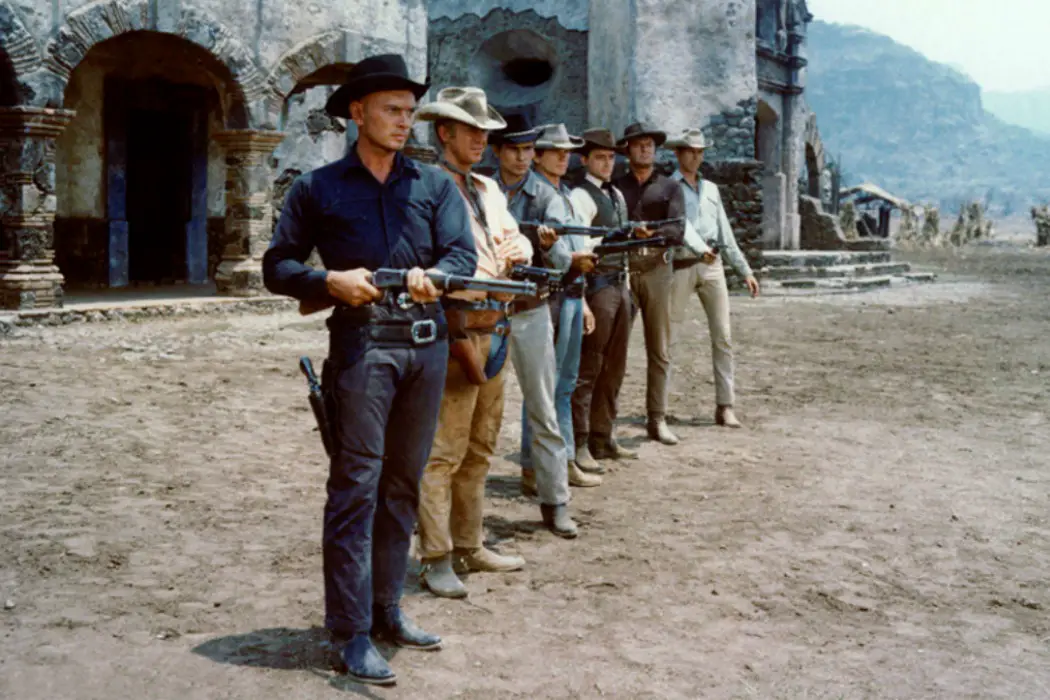
Zac Hestand earned a BA in Film from the University…
With the summer season approaching, many of us will escape the heat by seeking refuge inside the local multiplex. By secluding yourself in the movie house, there will be the chance to catch the latest summer tent pole or effects-heavy movie. Many of the titles will feel, well, familiar. Internet message boards of late have been filled with comments about how everything is a remake these days and that there are no original ideas.
I hate to be the bearer of bad news, but there are no original ideas. All stories are variations of what the ancient Greeks laid out centuries ago, and remakes are almost as old as cinema itself. Both Alfred Hitchc*ck and Cecil B. DeMille have remade their own movies. That being said, not all remakes are bad. Dante wrote in Inferno that there are many levels of Hell. Some levels are scarier and worse than others.
Like Dante’s view of Hell, remakes too come in levels. Some are worse than the original, but some are better or just okay compared to the originals. With years of film-viewing by my side, I have found that there are, I feel, six levels of remakes. Below is a list of six films, and their remakes; where the remake succeeds and where it fails. For the sake of build-up, the list will be presented from lowest level to the top.
Missed the Point: Halloween 1978/Halloween 2007
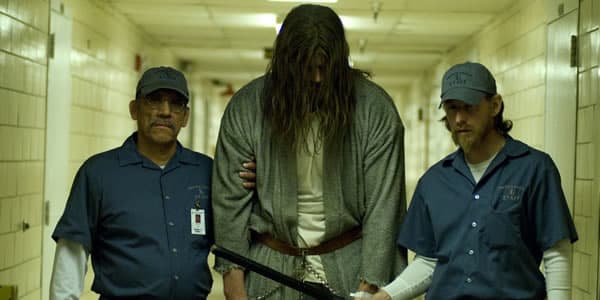
John Carpenter’s film is considered a genre classic, and it is the film that helped kick off the slasher craze in the 1980’s. In 2007, Rob Zombie, with the blessing of Carpenter, made a remake of the film for a new generation of Horror fans. Unfortunately, Zombie’s version failed to capture what made the original so iconic.
We know from the original that Michael Myers murdered his sister, and got sent away to an asylum. He breaks out, and goes on a murderous rampage. That is all the backstory provided, and all we need to know. The remake goes deep into the backstory and family history of Myers to make viewers sympathetic to him, but it doesn’t work. The story becomes uneven, and the division between the first half of the film (taking place during his childhood) and the second half (when he is an adult and escapes the asylum) makes it feel like you’re watching two different movies. Two movies where Michael Myers is not a scary killer, but a misunderstood youth.
The film continues to miss the point in how it handles its characters. The original gives likable heroes that the audience can cheer for and connect to for the duration of the film. With this remake, every character is an ugly (mentally) unlikable person that gives us little reason to care. It leaves no shock when a character is killed, only a sigh of relief that we don’t have to hear this character speak anymore.
Carpenter often falls victim in this category. The remake of The Fog failed in creating mood. The original is an atmospheric horror film that pays homage to 1950’s ghost movies. The remake, however, is third rate CGI-filled Teen Horror junk. Zombie has shown that he does not understand what made the original Halloween enjoyable, with its killer and characters. The ‘isolated horror’ that created an almost claustrophobic fear is also discarded, and Myers is practically zooming all over the place. With a new Halloween coming in 2018, let’s hope it’s an improvement on this version.
The Unwanted Movie: Psycho 1960/Psycho 1998
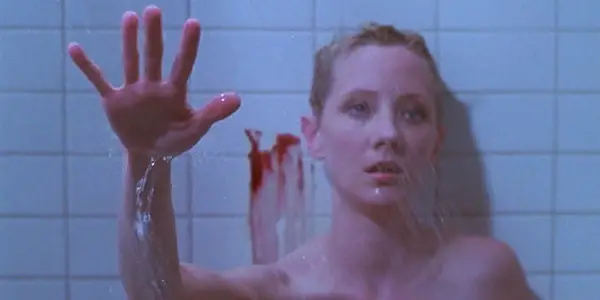
By unwanted movie, the definition here is a movie that no one asked for and that no one really wanted to see. Psycho is an iconic film in Hitchc*ck’s filmography that had already churned out three sequels, one of them a made-for-TV movie. Since they exhausted it as a franchise, the only logical step (according to a studio head) was to remake it.
Having already created sequels to the original, and with the passing of Anthony Perkins years prior, my teenage self does not recall my peers hoping for a new Hitchc*ck. However, that’s what we got; a film which is a shot-by-shot remake. I’m not joking, the shots that Gus Van Sant used are the same as Hitchc*ck’s. Van Sant shot the film in color and updated the dialogue a bit, but that is all.
The film is devoid of a fresh perspective or a new take on an older movie. It fails to improve what the original may have lacked. The remake wasted studio money, the actors’ time and (at the time) shelf space at local video stores. A truly pointless and forgettable remake, just stick with the original. Something like this happened years prior with the 1990 version of Night of the Living Dead. The film was shot in color with new actors, but the script was the same as the 1968 film! If you’re going to remake this classic, as least write a new script, or in the case of Psycho, create your own shots.
Cash Grab: Dawn of the Dead 1978/Dawn of the Dead 2004
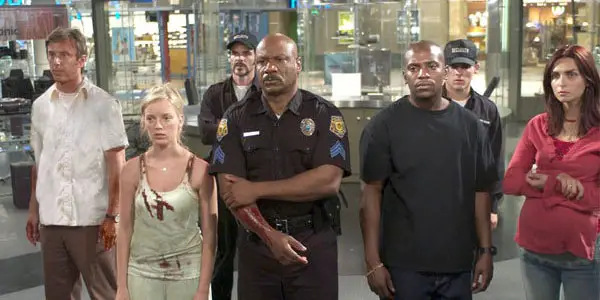
George A. Romero’s Dawn of the Dead is both a satire on American consumerism (the public’s love for the new-at-the-time shopping malls) and an entertaining zombie action film. In 2002, director Danny Boyle released his film 28 Days Later, a surprise hit that brought life back to this dormant genre. With moviegoers renewed love for zombies, it was decided to remake a title from the master of the zombie sub-genre.
Dawn of the Dead has name recognition that studios and producers felt would lure viewers into cinemas. The Romero name brand would bring in older fans, while younger people who enjoyed 28 Days Later would have a new zombie film to get excited about. Unfortunately, Zack Synder’s Dawn of the Dead failed to deliver. The early and mid-2000’s saw many of these cash grab travesties to beloved or well-known properties. Tim Burton did this with his version of Planet of the Apes. A franchise that already spawned four sequels, a TV show, cartoon and action figures. As with Synder’s Dawn of the Dead, they bet on the older fans, but messed up.
The satire is discarded, leaving the film with underdeveloped and bland characters. The zombies in the original all had their own distinct personality (biker zombie, Hari Krishna zombie etc.) and moved slowly. The remake adopts the 28 Days Later super speed zombie method and the creatures are killed video game style, giving the zombies no distinctive differences. It leaves a movie that is nothing more than a soulless money grabber, and a movie viewers will likely forget about twenty minutes after watching it.
Cheap Copy: Pink Panther 1963/Pink Panther 2006
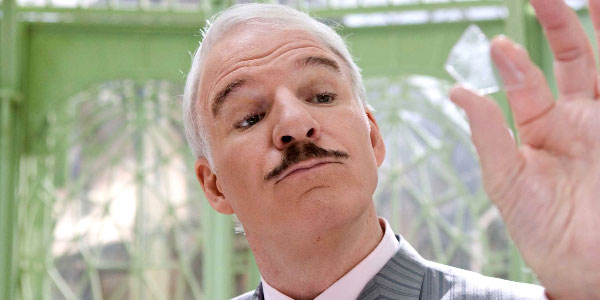
A cheap copy remake is basically the same movie. The 1998 Psycho would qualify as a cheap copy also, but the big difference is that the cheap copy is wanted and somewhat welcome unlike that particular movie. Steve Martin (who I love!) remade the Peter Sellers (I love him too!) classic comedy for the 21st century audience. Steve Martin is a great comedian, much like Sellers, what could go wrong? Well, a lot can.
Pink Panther is a film that focuses on an accident-prone PI named Jacques Clouseau. Whatever he touches will bring disaster. The 2006 remake follows the same formula as the original, but the jokes and overall comedy fall short. Both Sellers and Martin are funny people, but they’re funny in their own way. Sellers is a master of accents and physical humor. Martin excels as an average Joe that gets pushed too far and has epic meltdowns (he is a wild and crazy guy after all). Unfortunately, Martin does not bring his own brand of comedy to the film, but instead does a cheap and poor Sellers impression.
The gags fall flat and offer nothing new to the audience. The film merely rehashes possible gags that would have emerged in the original, and makes no sense. One particular scene that stands out is when Martin’s Clouseau is eating a McDonald’s hamburger. He cannot pronounce McDonald’s or the word hamburger. The gag makes no sense, went on for too long and is not funny, given the globalized world we live in where McDonald’s is available in almost every country (and that Pulp Fiction made a Royale with Cheese gag in 1994).
This McDonald’s joke may have been funny in 1963, but it is awkward and out-of-place in 2006. The scriptwriters really needed to update their material. There are too many of these kind of movies, pale imitators of the originals. There was the remake, The Karate Kid, a few years ago. The kid should learn karate, but he is in China, and is learning kung fu. Yet another case of the scriptwriters not adjusting the material (in this case, the title), but regurgitating familiar bits in the wrong setting.
Stands on its Own: Seven Samurai 1954/The Magnificent Seven 1960
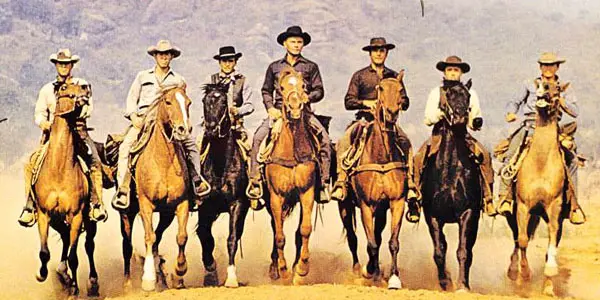
While it is a bit clichéd to select these two for this category, it does hold true. A remake that stands on its own is not a cheap copy, but has its own identity. It retains the themes that made the original truly great, and adds its own changes; most notably with these two, the movie genre. Both share an identical plot: a village is under siege by bandits, unable to defend themselves. They recruit seven men to protect them, with very little to offer in terms of payment. The seven agree to fight, and each builds to the showdown between the seven hired swords/guns and the bandits.
Each title gives us characters that live by their own code and have their own particular background to add to their character’s complexity. However, what helps each film to stand on its own is that the code of the samurai and gunslinger differ from one another, and there is a separation of culture. The way of the Japanese and the American is obviously different, but keeping with the same plot gives a perspective on how each culture handles the threat of invading bandits.
A fun change in each film is the introduction of a weapon to harm the seven. In Seven Samurai, the bandits produce a gun, which can pierce through armor. In The Magnificent Seven, the threatening weapon is dynamite. Both are the same plot device, but each is its own special threat that fits into the context of the story. Kurosawa remakes continued to stand in their own category with A Fistful of Dollars, the Western version of Yojimbo. Both share the same plot, but like the films mentioned above, shows how different cultures and genre respond to their presented conflicts.
Better than the Original: Piranha 1978/Piranha 3D 2010
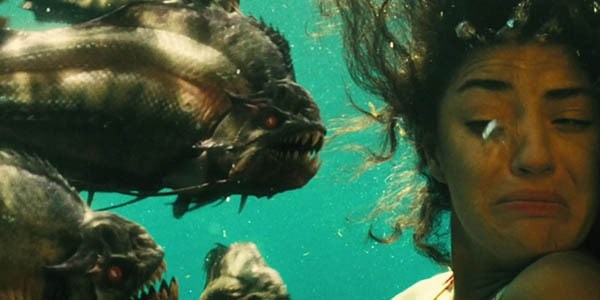
While the previous instalment was an obvious answer, now it is time for an unexpected one. This spot is typically reserved for Carpenter’s The Thing or Cronenberg’s The Fly, both of these films are light years ahead (in terms of quality) of their original sources, but we will have a break from the norm for this final category. Better than the original is when the remake of the film is better and more entertaining than the source material, and Piranha 3D is better than Piranha.
An early effort from Joe Dante, the director, who made childhood favorites like Gremlins and Explorers, missed the mark on this one. Made in the late 1970’s when many ‘animals attack’ pictures wanted to copy the success of Jaws, this did not. The characters are unlikable and the piranhas are barely seen. The idea of piranhas attacking swimmers in a North American lake and, later, a water-park is ripe for parody, which is wasted on the original. And without any piranhas to see, swimmers just look like they’re being attacked by water.
Piranha 3D opens with a cameo by Richard Dreyfuss (a wink at Jaws) who is the first victim of the piranhas. The remake plays up the comedy, violence and makes the piranhas freakishly mutated killing machines. The movie is ridiculous and does not hide the fact. The remake is entertaining, fun and the characters are more likable and worth cheering for. Plus, Christopher Lloyd shows up as an eccentric fish expert. The original could have used him.
Closing points
As we see in the list provided, all remakes are not the same. While some will be a waste of time, others will not be. When you see remakes listed on your local cinema marquee, don’t judge it. Go in with an open mind, and give it a chance. You might end up enjoying it.
However, there is always the chance the film will be bad. If that is the case, go on those online message boards to point out the flaws of remakes, and mention what level it belongs to.
Are there more levels to remakes? Is there a film you wish I included? Leave a comment below.
Does content like this matter to you?
Become a Member and support film journalism. Unlock access to all of Film Inquiry`s great articles. Join a community of like-minded readers who are passionate about cinema - get access to our private members Network, give back to independent filmmakers, and more.
Zac Hestand earned a BA in Film from the University of Nevada Las Vegas, and MA in English from the University of Sheffield. He is currently at work on his first book.













